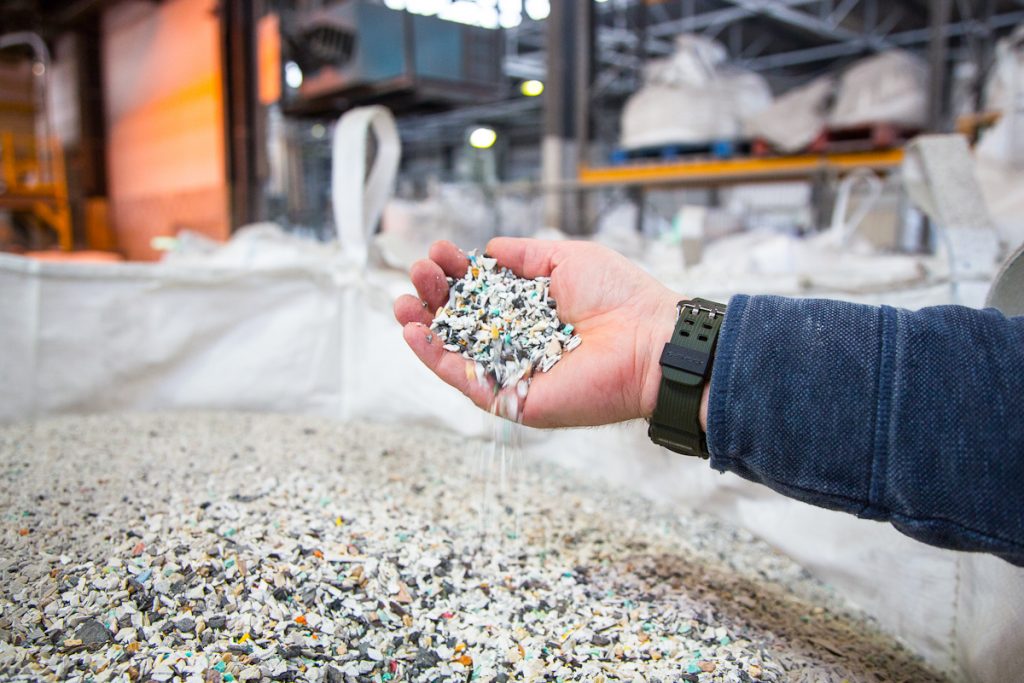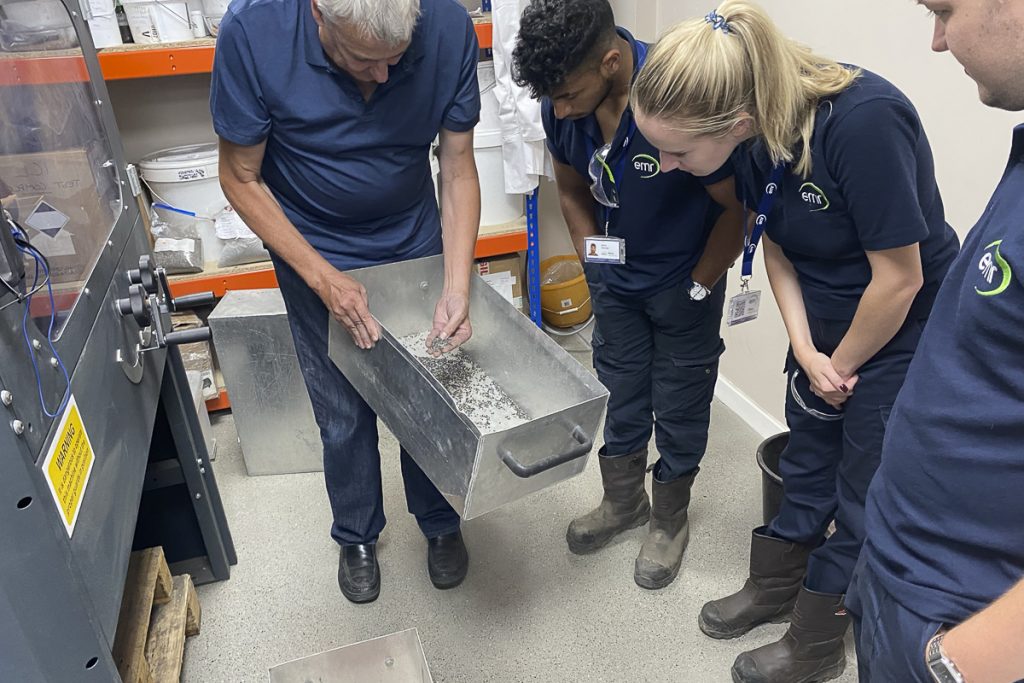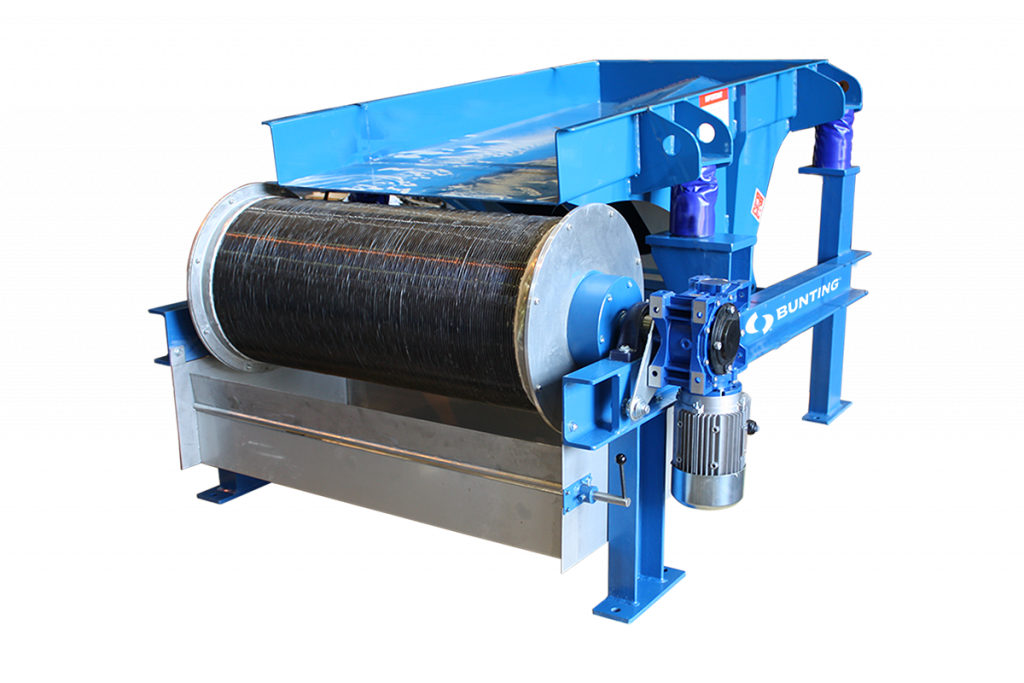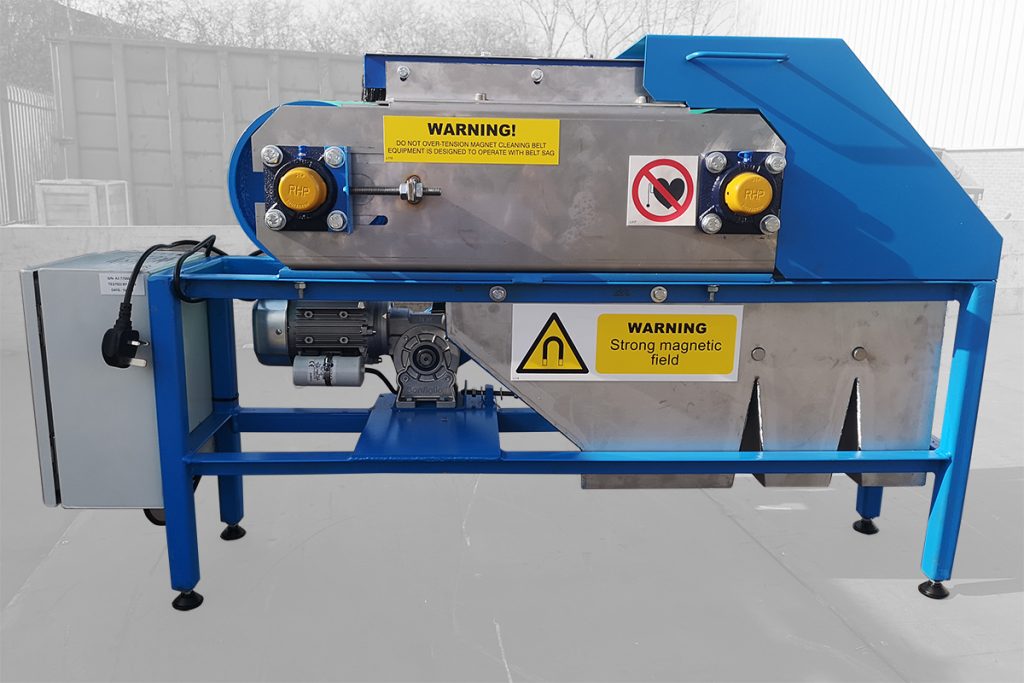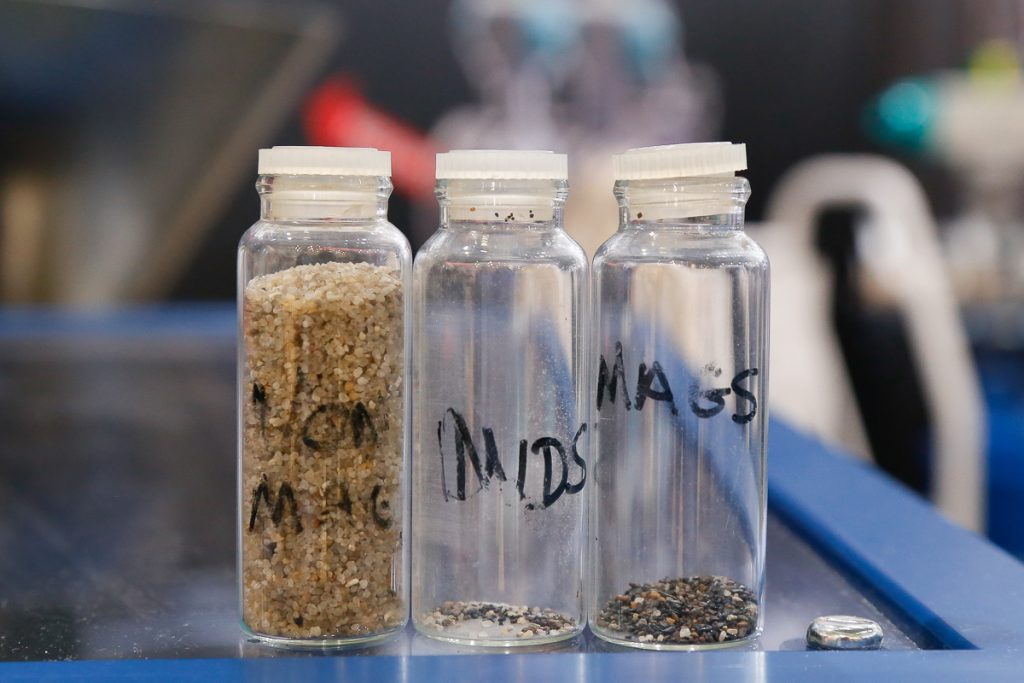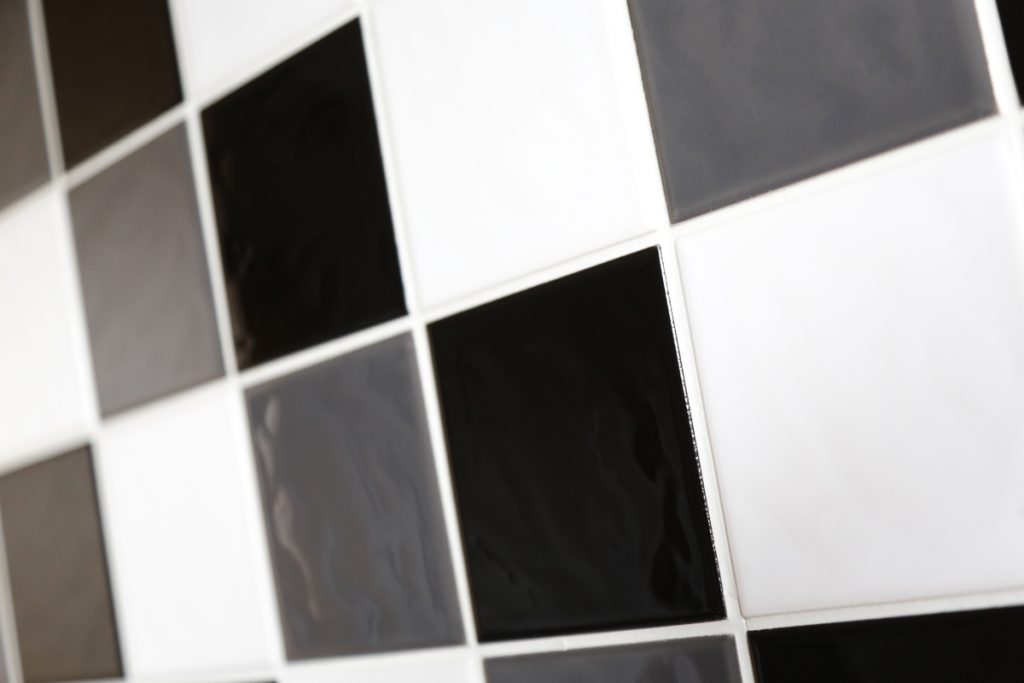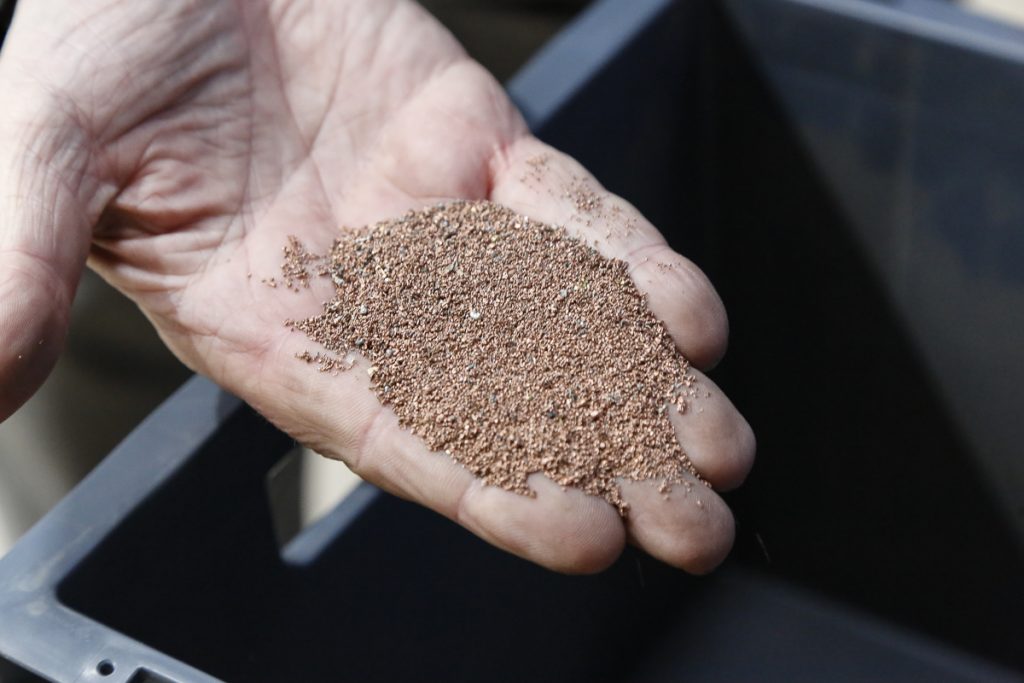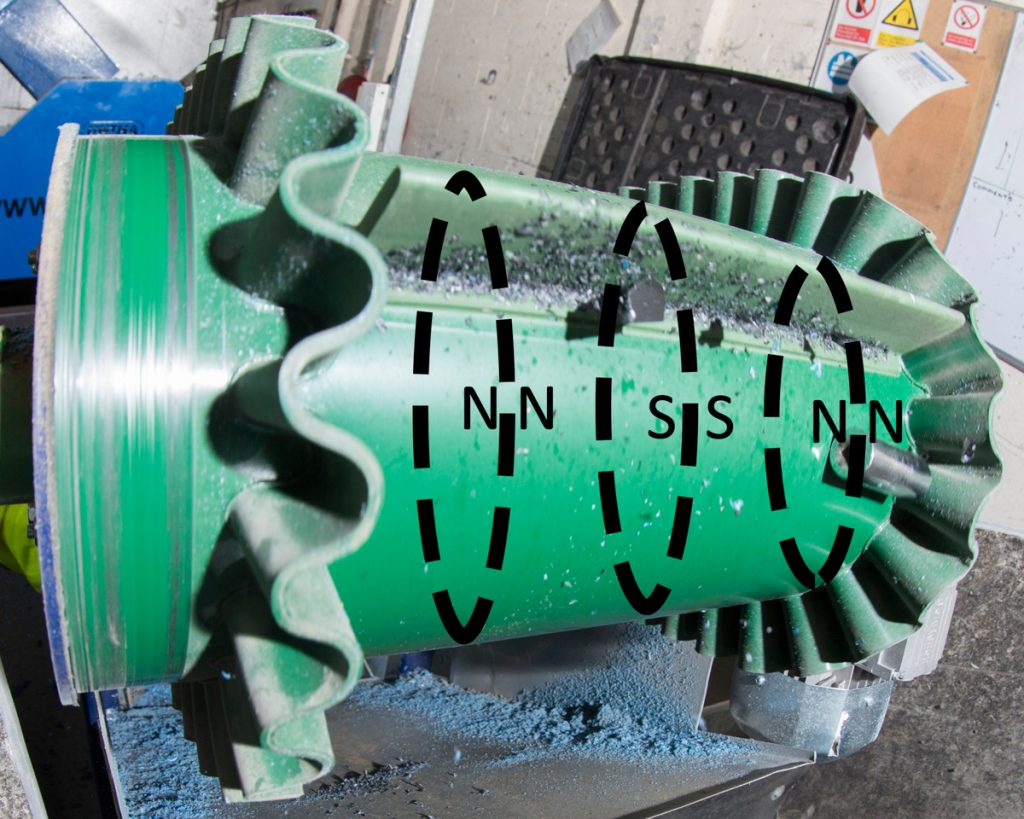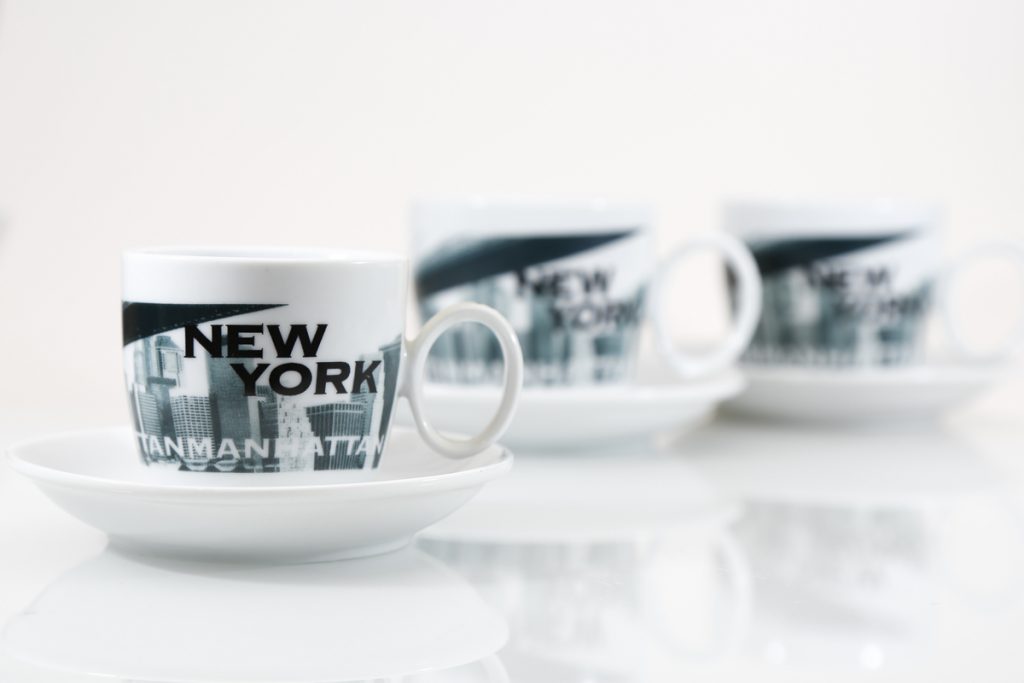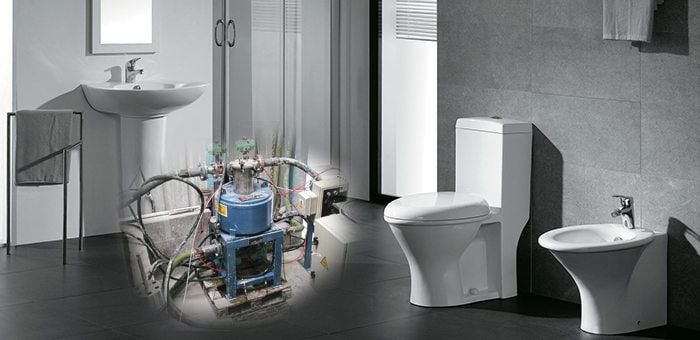Rare Earth Roll Separator
ElectroStatically Cleaning Plastic Waste
With the ever-increasing amount of plastic waste collected for recycling, the ability to remove effectively contaminants including metal has never been more important. Often, contaminated plastic cannot be processed meaning that landfill or energy-to-waste are the only options. The ElectroStatic Separator significantly expands the range of product recycling possibilities, enabling the removal of very small…
Read MoreTraining Future Metal Recyclers from EMR
Students, on a year’s work placement with European Metal Recycling (EMR), attended a training day at Bunting’s Redditch plant assessing the latest magnetic, eddy current and electrostatic separators. The training illustrated the importance of optimising material separation in the drive towards increasing secondary material recycling rates. EMR is a global leader in sustainable materials, investing…
Read MoreWire Wrapped Drum Magnet Benefits
Robust and with a high-intensity magnetic field: the Wire Wrapped Drum Magnet bridges the gap between standard Neodymium Rare Earth Drum Magnets and magnetically powerful Rare Earth Roll Magnetic Separators. Drum Magnet Technology A permanent Drum Magnet features a stationary magnetic element mounted inside a rotating non-magnetic shell. In operation, the magnetic element projects a…
Read MoreRare Earth Roll Separator for University of Birmingham
The University of Birmingham has purchased a laboratory-scale Rare Earth Roll Separator for their School of Metallurgy and Minerals lithium-ion battery recycling research facility. The high-intensity magnetic separator enables the separation of very weakly magnetic particles. Battery Recycling Research The Faraday Institution is funding the ReLiB (Recycling and Reuse of Li-ion Batteries) project researching the…
Read MoreMagnetic Properties of Ceramic Minerals
Magnetic minerals and fine iron have plagued ceramic producers since the first glazed pot was produced many thousands of years ago. Early ceramicists adopted elaborate and colourful patterns to cover any imperfections caused by such contamination. Over time, the demand for white or single coloured ceramic products increased, making disguising any imperfection increasingly difficult. Ceramic…
Read MoreKeeping Ceramic Tiles Iron Free
When fine iron and iron-bearing minerals contaminate the raw material used to produce ceramic tiles, the consequences are costly. Such iron contamination causes visual and structural defects as well as affecting the surface finish in terms of brightness and whiteness. Tiles failing final quality checks are commonly returned for recycling. Those passing the initial quality…
Read MoreElectrostatically Recovering Copper Wire
A combination of an ElectroStatic Separator and a Metal Separation Module is enabling the recovery of fine copper and other metals from a waste product at a UK metal recycling company. ElectroStatic Separation The Bunting ElectroStatic Separator, launched in 2020, significantly enhances the ability of companies to recover fine metals such as copper wire. In…
Read MoreWhat is an Axial and Radial Magnetic Field?
Rotary Magnetic Separators, such as the Drum Magnet and Pulley Magnet, are designed with a specific type of magnetic field. The type of magnetic field is considered when looking at any application and when deciding which design will achieve a customer’s separation objective. For these rotary designs of magnetic separator, there are two types of magnetic…
Read MoreKeeping Ceramic Tableware Iron Blemish Free
Fine iron and iron-bearing minerals cause visual and structural defects in ceramic tableware. Such contamination appears as small dark spots on the surface or is hidden within the body and causes premature cracking of the ceramic. The cup, saucer or plate is then either rejected or reworked. Iron contamination The problem of iron contamination is…
Read MoreKeeping Ceramic Sanitaryware Iron Free
Sanitaryware is a commonly used term in the ceramics industry referring to sanitary appliances found in toilets and bathrooms. Traditionally, bathroom bowls, cisterns, bidets, urinals and washbasins are made from porcelain (a ceramic material made from clay that might be described as ‘vitreous china’ when coated with enamel). This might be referred to as ceramic,…
Read More